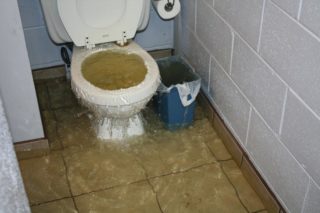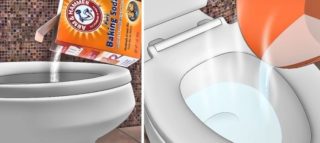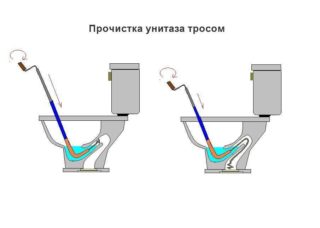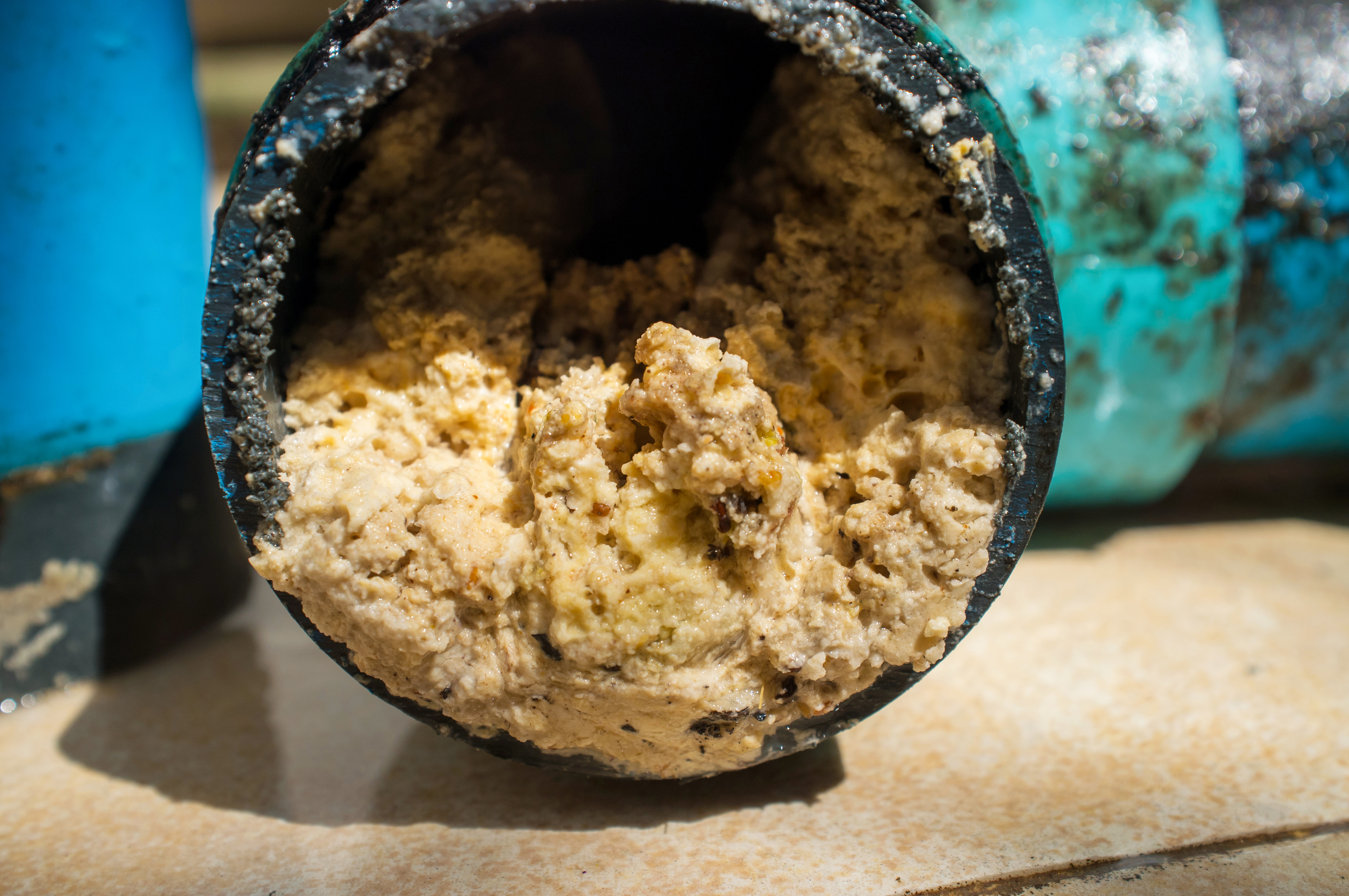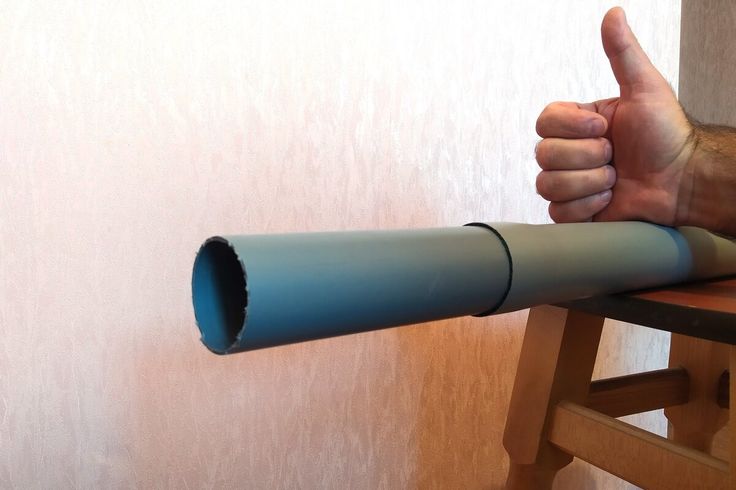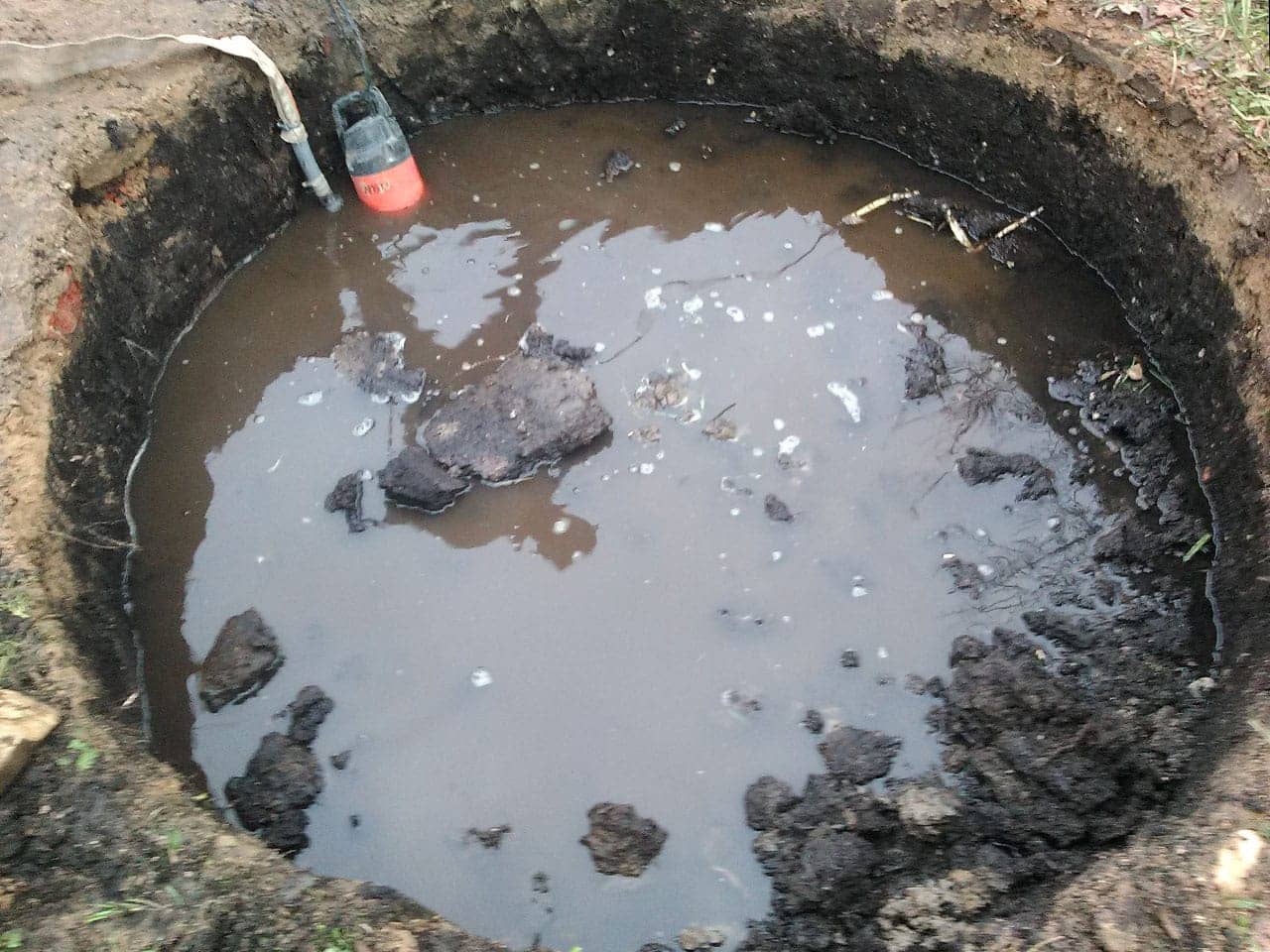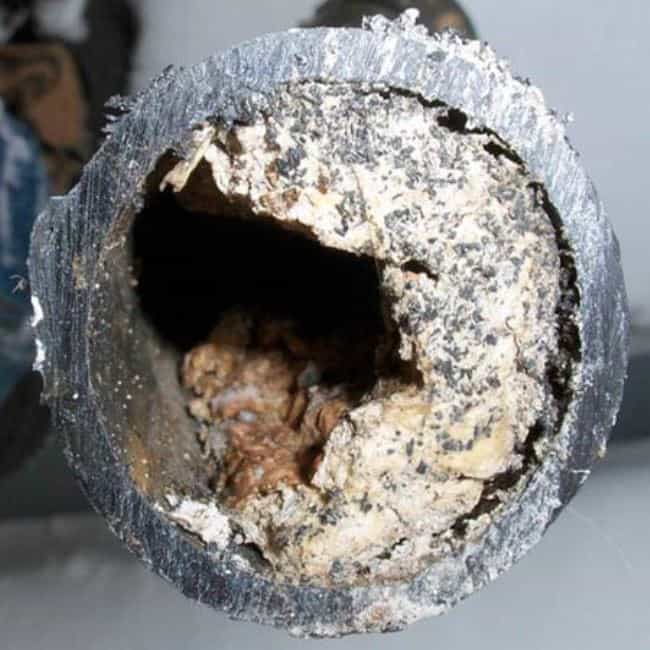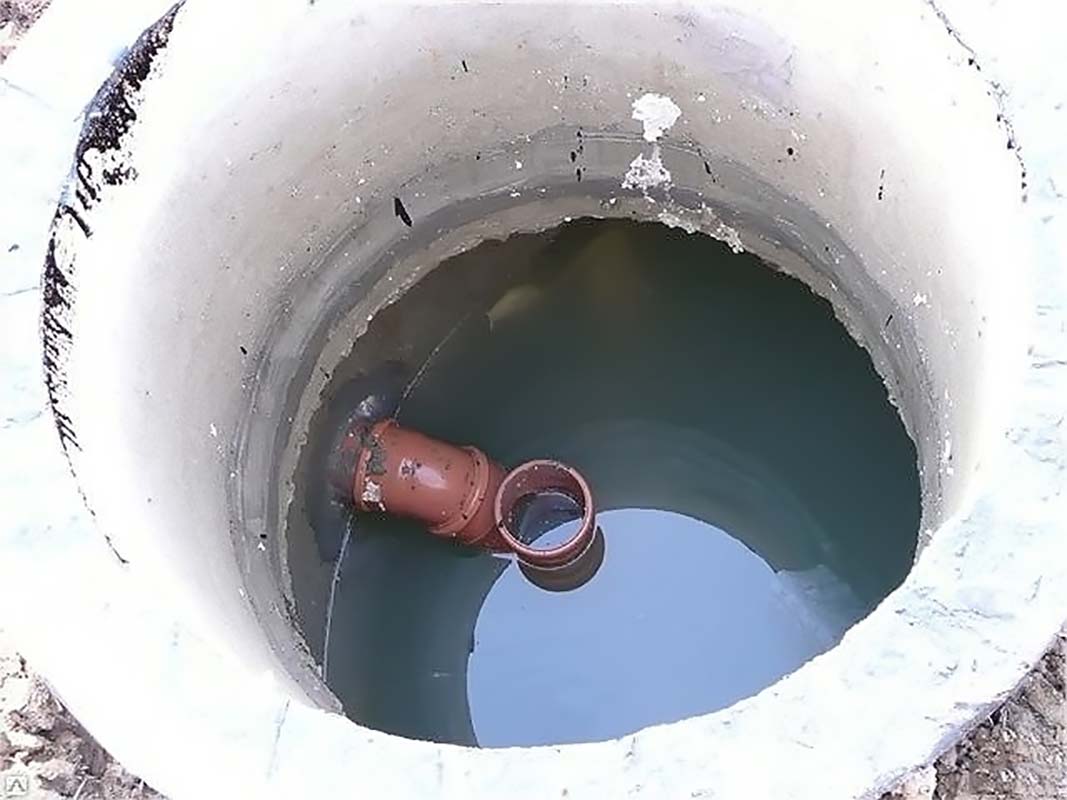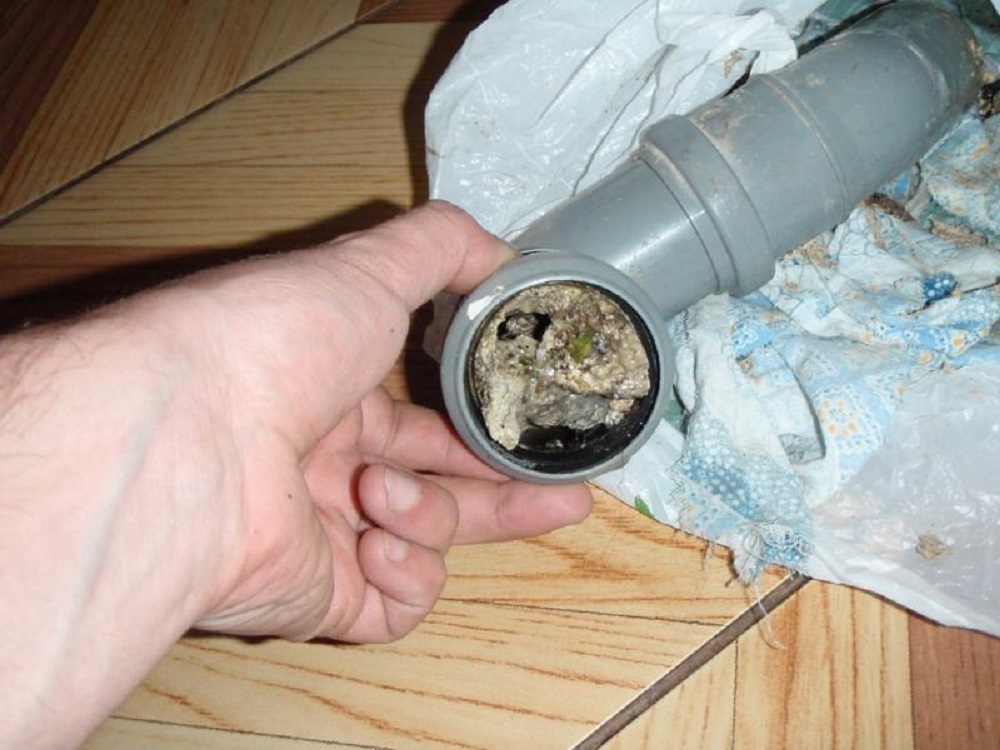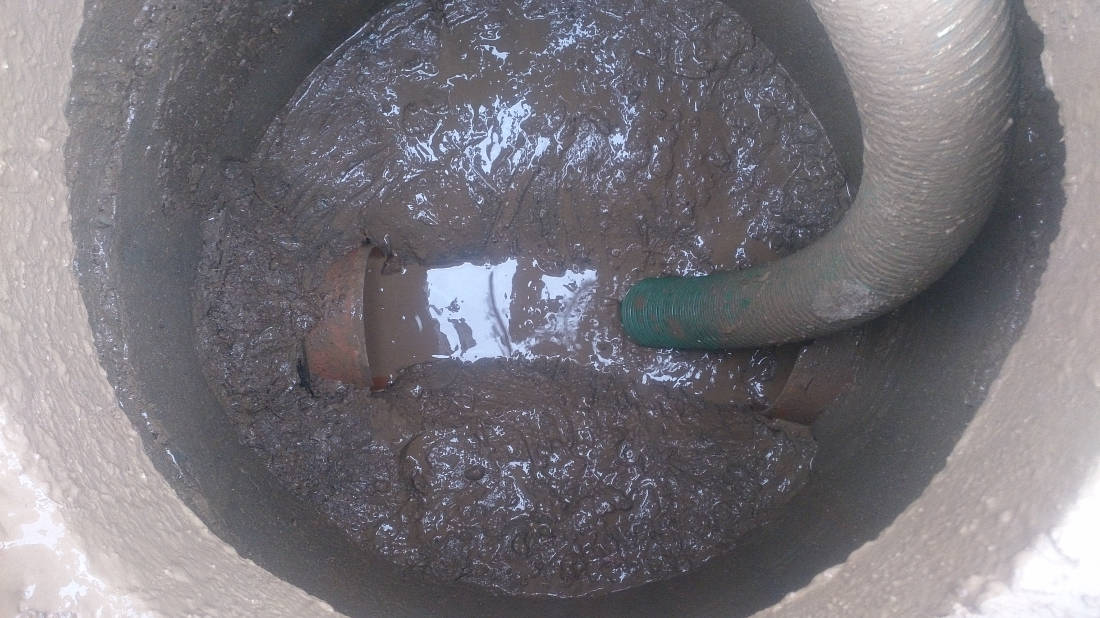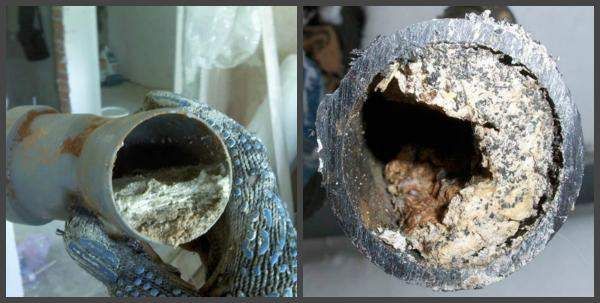If the toilet bowl is clogged, it means that the sewage system cannot function normally, that is, the sewer passage is blocked. You can determine a toilet bowl blockage by the following signs:
- a persistent unpleasant odor appeared;
- after draining the water, it goes away slowly or does not go away at all;
- feces from the sewer system appears in the toilet.
The causes of blockage
- mistakes made when installing the drain pipe;
- improper use of the toilet.
If during installation the drain pipe was installed in violation of technological standards, for example, the angle of inclination was violated, then after each drain, deposits gradually begin to accumulate. The drain pipe can become clogged not only due to the accumulation of human waste products, but also due to deposits of mineral substances that are contained in the water.
Another and fairly common cause of gaps is the lack of fan ventilation. To ensure the normal operation of the sewer system, it is necessary to provide good fan ventilation in order for air to enter the pipe. Otherwise, the exit of the liquid slows down and at some point this leads to a gap.
As for the improper use of the toilet, in most cases it is she who becomes the cause of the blockage. A blockage can form in the system due to poorly soluble substances, for example, cat litter, feminine sanitary napkins, etc., being drained into the toilet bowl.
Determination of the degree of blockage
Before wondering how to clean the toilet at home with your own hands, it is important to determine the degree of blockage and, more importantly, the place where the cork formed. The blockage can be located both in the sewer riser and directly in the toilet bowl (in the pipe). To determine the location of the blockage, you need to check how the water goes into the drain:
- if after draining the water leaves slowly both in the sink (in the bathroom) and in the toilet, then the gap is most likely formed in the riser, and it will not be possible to eliminate it on your own;
- if, in the sink and toilet bowl, the water is drained as usual, then the sewer riser is in order, and the cork has formed in the toilet bowl. You can deal with such a problem at home on your own.
Use of chemicals
If the blockage is too voluminous, then the first time the chemical agent may not work and you will need to repeat the procedure. When working with aggressive household chemicals, you must adhere to safety precautions and work with gloves. People prone to allergies will additionally need to wear a medical mask so as not to inhale chemical vapors.
The most popular toilet cleaners are:
- Mole. A budget tool that well eliminates gaps of any nature. The main substance included in the product is sodium hydroxide. Its action is enhanced by additional active ingredients and additives.On sale, the tool can be found in the form of a powder or gel. Dissolves greasy deposits and biological waste well, absolutely safe for plastic, cast iron and steel pipes;
- Flop. The product is produced in the form of granules, which are sealed in an airtight bag. It is allowed to use the product both in cold water and in hot water. The tool not only removes clogging, but also disinfects the sewage system, removes unpleasant odors;
- Bahi Pothan. The funds are valid within a few minutes, however, its cost is several times higher than the previous ones;
- Biocomposition Ventuz. The principle of operation of the tool is based not on the standard acid-base reaction, but on the activity of bacteria. Thanks to biobacteria, organic blockages are destroyed.
In addition to the above tools, there are others on sale that are no less effective:
- Domestos;
- Domol;
- Mister Muscle;
- Toffix;
- Tiret.
Use of mechanical means
- plunger or bottle;
- special cable;
- a bag of sand.
You can use a plunger only in the case of small gaps, when, when draining, the water still goes into the sewer. You can clean the toilet with a plunger if the drain hole is not much larger than the diameter of the plunger. Due to the rubber suction cup, excessive air pressure is artificially created and moves the blockage along the pipe.
If there is no plunger in the house or it cannot be used due to its small diameter, then there is an alternative - a regular plastic bottle. Before using the device, you will need to cut off the bottom of the plastic bottle. Apply a plastic bottle similarly to a plunger:
- fill the drain hole in the toilet with water;
- holding the bottle by the neck, lower it into the drain hole;
- then they are sharply pulled out of the hole;
- if necessary, the manipulation is repeated until the plug is removed in the pipe.
To remove the blockage with a sandbag, you will first need to build such a device. A regular cloth bag is used for it (a bag of potatoes is suitable), filled with sand. The size of such a bag should not be larger than the diameter of the drain hole and pipe. A strong rope is tied to the bag and the following is done:
- having lowered the bag into the toilet, press on the drain, while slightly loosening the rope;
- let the sandbags pass As far as possible along the system, the rope tension is even more relaxed;
- after the toilet tank is full again, the manipulation is repeated;
- after removing the blockage, the bag of sand is pulled back and disposed of.
Eliminating the plug in the sewage system can be carried out using a special flexible cable. It is a rigid semi-axle equipped with a handle. At the end of the cable there is a nozzle that simplifies the pipe cleaning process. If there is such a device in the house, then you can clean the toilet yourself. They do it as follows:
- the cable is lowered into the drain hole of the toilet bowl, while rotating it;
- gradually the device is brought deeper into the pipe;
- as soon as the cable runs into the blockage, you need to continue to rotate it, thus removing the blockage;
- if the elimination of the gap with the help of rotational movements does not occur, then you can try sudden movements back and forth;
- to make sure that the plug is removed, you need to check the rate of water discharge into the sewer. If the water leaves freely, in normal mode, then the blockage is removed.
All about blockage prevention
To eliminate the blockage at home with your own hands, although it is possible, this activity is not very pleasant. In order to prevent a blockage in the sewer system, you need to follow these simple rules:
- do not allow the ingress of poorly soluble and insoluble objects and substances. It is not recommended to throw hygiene products and a large amount of toilet paper into the toilet;
- if the water is not drained too quickly, then it is necessary to establish the work of the drain;
- once every 30 days, it is recommended to prophylactically clean the sewer, using special chemicals for this.
In addition to the direct prevention of blockages due to the correct operation of plumbing equipment, you can start replacing the pipeline. This is especially true for residents of old houses. Piping plugs are often formed in old pipelines due to mineral build-up on the pipe walls.

